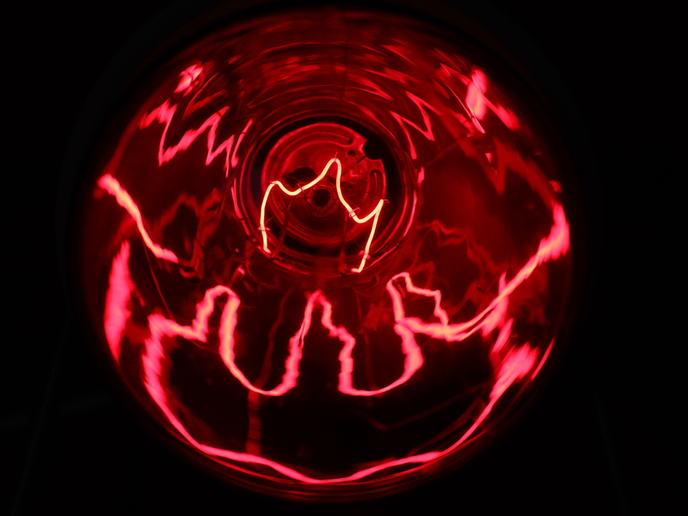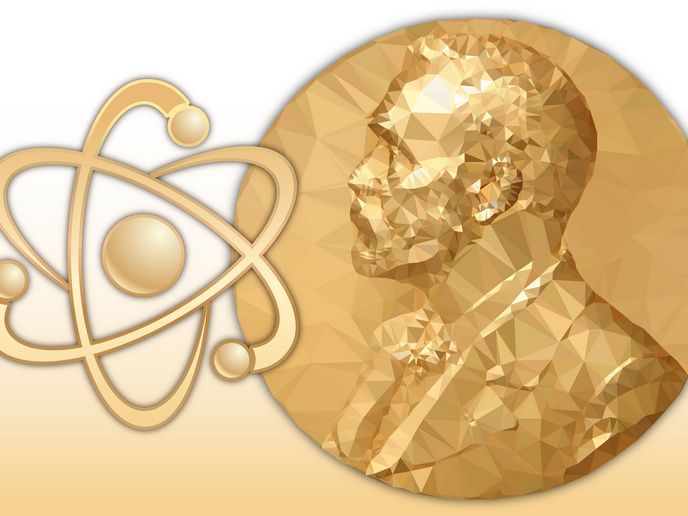A step closer to synthesis of a moving near-living crystal
Biological systems display collective behaviours that are responsible for amazing feats and breathtaking patterns in nature. Schools of fish, colony formations of bacteria, or flocks of birds demonstrate an instant adaptive behaviour – a ‘consensus’ – between the individuals and self-organise into collective patterns despite their apparent individual randomness. Examples of self-organisation are ubiquitous in nature, and the best way to understand something – such as life – is to build it yourself. The collective behaviour of swarms is easier to study in ‘active’ particles than in living matter. Recent experimental work has demonstrated how light prompts life-like, swimming micro-machines – synthetic particles – to move and then assemble in groups much like birds flock and move together in flight. Despite progress in the field, studies have so far focused on colloids, suspensions of particles, within a fluid medium. “Little is known about how active particles behave in denser colloidal phases such as crystal and glassy structures. Active particles embedded in solid-like structures could serve as promising building blocks for the design of new dynamic, mobile materials,” explains Ivo Buttinoni, coordinator of the EU-funded MicACol(opens in new window) project.
Watching how Janus beads swim in crystals
The project demonstrated examples of 2D active lattices, exploring the critical forces that active particles must overcome to make the crystal structure mobile. Converting energy into self-propulsion is particularly challenging on the micro- and the nanoscale. “While macroscopic objects use inertia to swim in a fluid, micro- and nanoparticles in water behave as if they were immersed in a tremendously viscous fluid such as honey or cornstarch, where inertia plays no role. To swim, colloidal particles need to break the so-called time-reversal symmetry, i.e. they must possess asymmetric properties,” outlines Buttinoni. Spherical particles whose surface has two distinct physical properties such as half-coated beads offer an ideal testbed for studying this symmetry violation. The two hemispheres of these Janus particles interact differently with the surrounding medium and establish local thermal or chemical gradients. MicACol researchers used a popular self-propulsion scheme that involves particles partially coated with platinum, and immersed them in a solution of water and hydrogen peroxide. The colloids were forced to self-propel due to the hydrogen peroxide being decomposed (catalysed) by the platinum-coated hemisphere. In a first, the project demonstrated that the spherical particles exhibit long-range repulsive forces at the interface between the two liquids. “Self-propelled particles acted as if they were driven by an effective force proportional to their free-swimming velocity. We envisage that the same principle can be applied to more complex structures such as colloidal glasses,” adds Buttinoni.
Moving out of equilibrium
To date, most experiments add active particles like intruders in the lattice, occupying random positions away from the lattice points. MicACol’s experiment took a different approach to studying the particle mechanics in the out-of-equilibrium regime. “Our aim was to pinpoint the critical forces required to move active particles out of their equilibrium lattice positions,” explains Buttinoni. “Measuring the local (repulsive) forces offers an additional ‘knob’ for controlling microswimmer motion in the crystal. As a result, we know which type of active particles we need to add to make the crystal structure actuate [active].” Researchers may still be far from synthesising solid artificial active matter, for example 3D dynamic/mobile materials. However, MicACol researchers have come off the usual beaten track, pushing the boundaries in the field.







